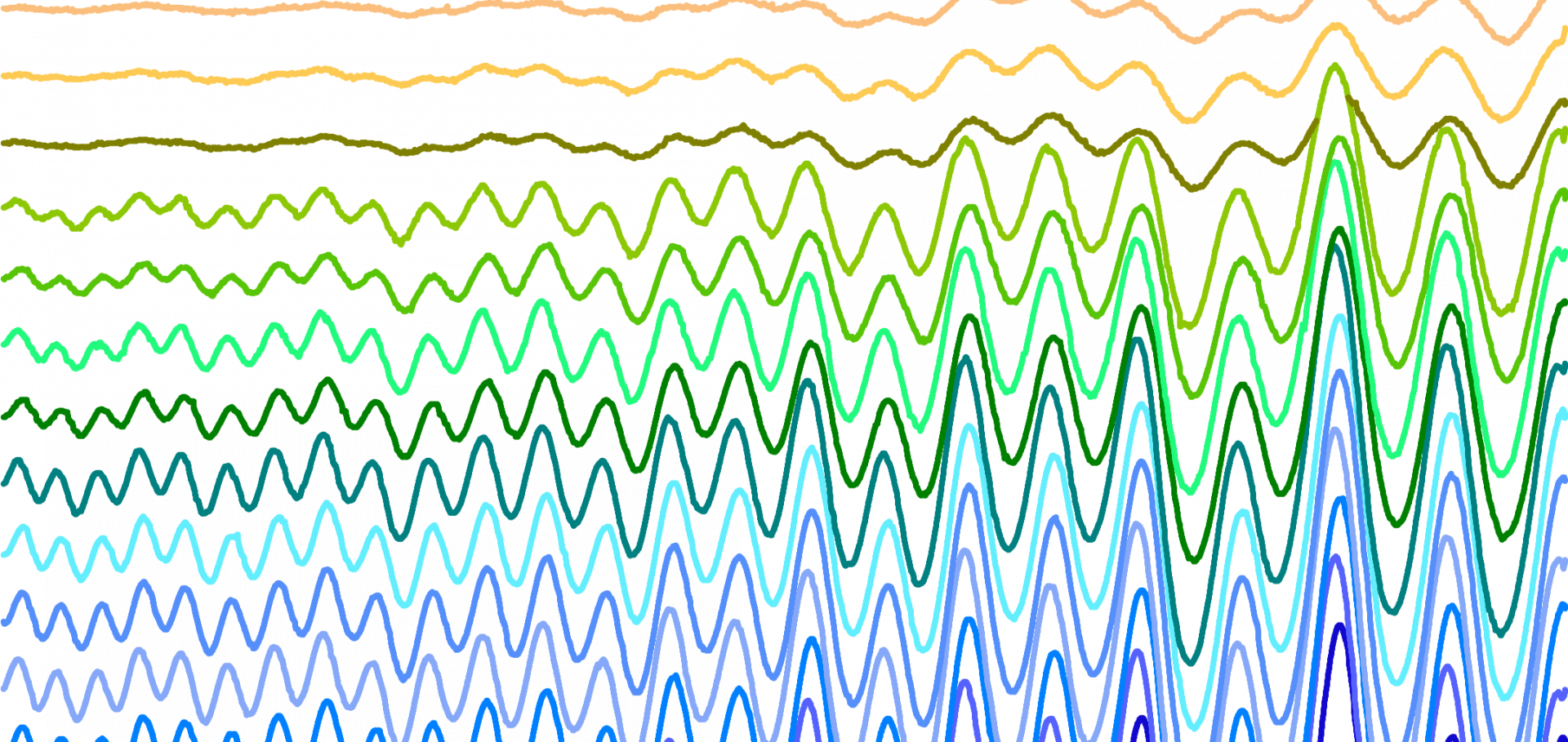Iron pnictides and chalcogenides: a new paradigm for superconductivity
Nature Nature Research 601 (2022) 35-44
Abstract:
Superconductivity is a remarkably widespread phenomenon that is observed in most metals cooled to very low temperatures. The ubiquity of such conventional superconductors, and the wide range of associated critical temperatures, is readily understood in terms of the well-known Bardeen–Cooper–Schrieffer theory. Occasionally, however, unconventional superconductors are found, such as the iron-based materials, which extend and defy this understanding in unexpected ways. In the case of the iron-based superconductors, this includes the different ways in which the presence of multiple atomic orbitals can manifest in unconventional superconductivity, giving rise to a rich landscape of gap structures that share the same dominant pairing mechanism. In addition, these materials have also led to insights into the unusual metallic state governed by the Hund’s interaction, the control and mechanisms of electronic nematicity, the impact of magnetic fluctuations and quantum criticality, and the importance of topology in correlated states. Over the fourteen years since their discovery, iron-based superconductors have proven to be a testing ground for the development of novel experimental tools and theoretical approaches, both of which have extensively influenced the wider field of quantum materials.The drastic effect of the impurity scattering on the electronic and superconducting properties of Cu-doped FeSe
University of Oxford (2022)
Abstract:
These data were collected using transport, magnetotransport, torque and magnetization measurements as a function of temperature and magnetic fields on different single crystals of Cu-substituted FeSe. The data were collected either in Oxford using a 16T PPMS magnet as well as at the High Magnetic Field Laboratory in Nijmegen. The data are in ASCII format. The data correspond to the figures presented in the paper with the same title to appear in Phys Rev B and also on https://arxiv.org/abs/2203.04624.Unconventional localization of electrons inside of a nematic electronic phase
University of Oxford (2022)
Abstract:
These are magnetotransport data on devices made of thin flakes of FeSe. The data were collected in a cryostat in magnetic fields as a function of temperature and at fixed temperatures the magnetic field was ramped to the maximum value both in the CFAS lab in Oxford and at the HMFL in Nijmegen. The magnetotransport data were collected using Hall bar geometries or a spider geometry. The data contain mainly ASCII files and the PDF figures are provided. This work is part of the publication "Unconventional localization of electrons inside of a nematic electronic phase" which will appear in PNAS 2022.Signatures of a quantum Griffiths phase close to an electronic nematic quantum phase transition
Physical Review Letters American Physical Society 127:24 (2021) 246402
Abstract:
In the vicinity of a quantum critical point, quenched disorder can lead to a quantum Griffiths phase, accompanied by an exotic power-law scaling with a continuously varying dynamical exponent that diverges in the zero-temperature limit. Here, we investigate a nematic quantum critical point in the iron-based superconductor FeSe 0.89 S 0.11 using applied hydrostatic pressure. We report an unusual crossing of the magnetoresistivity isotherms in the nonsuperconducting normal state that features a continuously varying dynamical exponent over a large temperature range. We interpret our results in terms of a quantum Griffiths phase caused by nematic islands that result from the local distribution of Se and S atoms. At low temperatures, the Griffiths phase is masked by the emergence of a Fermi liquid phase due to a strong nematoelastic coupling and a Lifshitz transition that changes the topology of the Fermi surface.Strain-tuning of nematicity and superconductivity in single crystals of FeSe
Phys. Rev. B 103, 205139 (2021) American Physical Society (2021)


